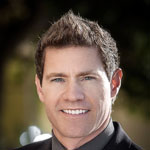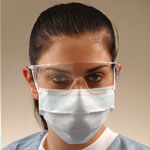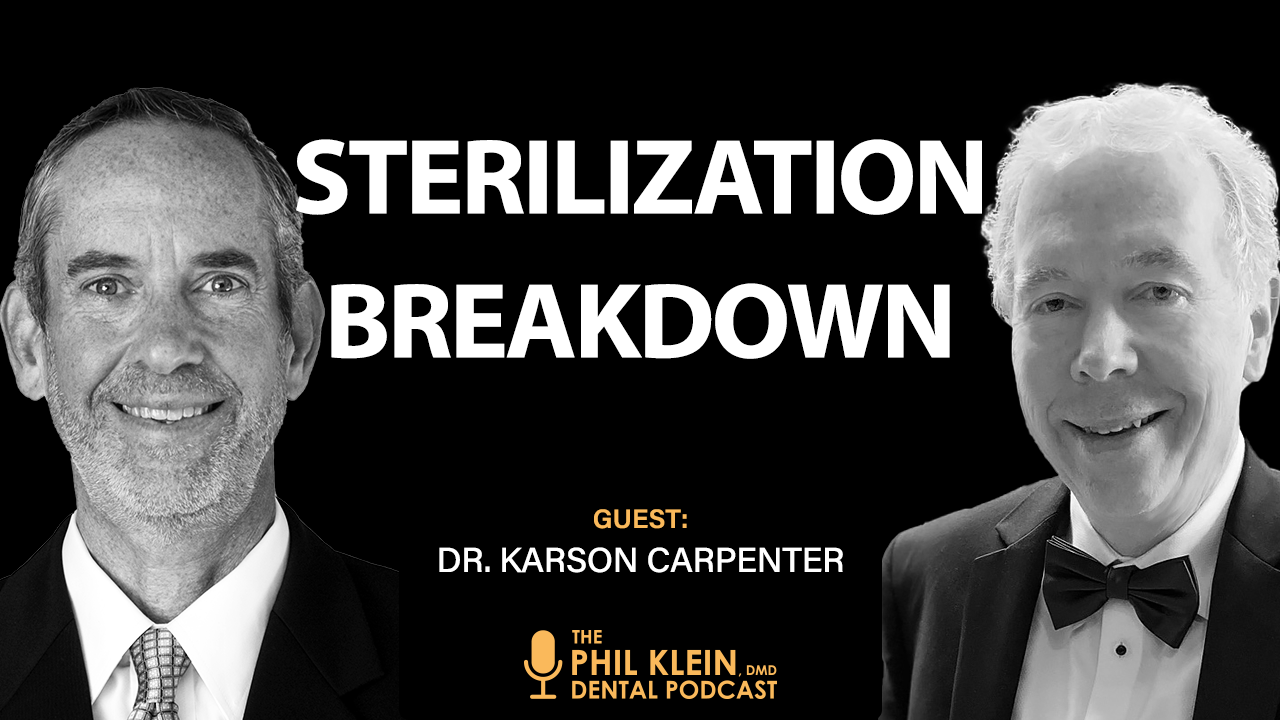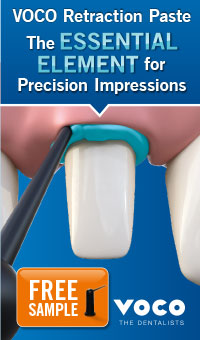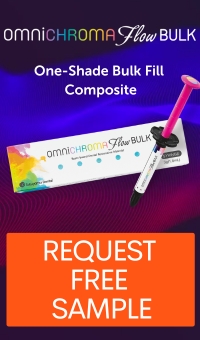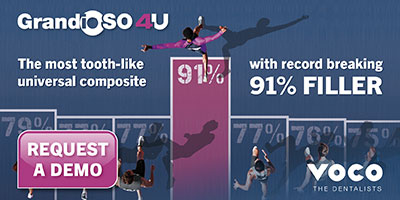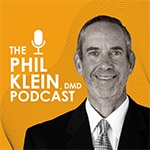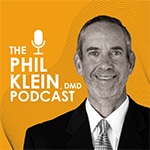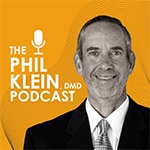
Unlocking Adhesive Excellence in Zirconia Bonding
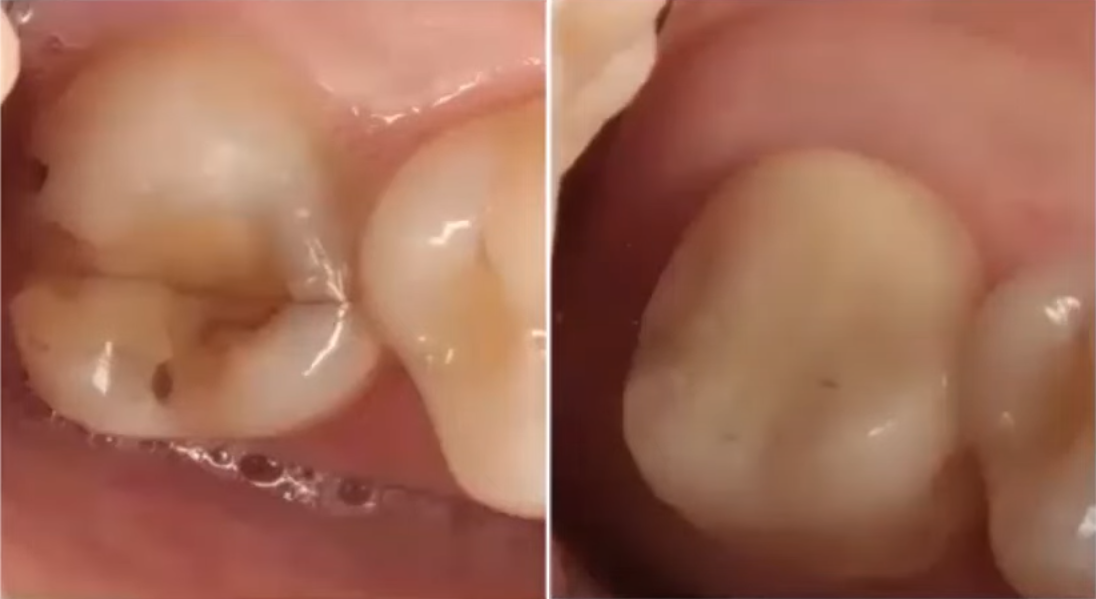
It seems that zirconia is all the rage these days. But many dentists wonder if you can really bond it to the underlying tooth structure. Can you go with a minimally invasive approach and do an adhesive bond?
Many experts believe that the answer is yes, you can bond zirconia to the tooth. Others are not convinced. They feel it’s difficult to establish a good bond with zirconia, and that a retentive prep is required instead.
As Dr. Alex Vasserman, a respected clinician running his own practice in Manhattan’s Upper East Side acknowledges, a lot seems to depend on which study you read and who you listen to.
Dr. Vasserman’s personal experience, though, shows that
zirconia can indeed be successfully bonded to the underlying tooth structure.
“At this point I’ve done probably a few hundred non-retentive zirconia
restorations,” he shares. “There have been very few cases where the restoration
comes off.” In those cases, he believes that the root cause of failure has been
that he didn’t have enough enamel to bond to.
Why is zirconia so popular?
This entire debate begs the question: What’s the big deal about zirconia? Why is Dr. Vasserman’s track record of success so exciting? The answer has to do with why zirconia is so popular: It’s a very strong material that works in cases where other materials are likely to fail.
“Zirconia is such a good material because of its compressive strength,” Dr. Vasserman observes. “For example, some patients put a lot more force on that second molar because their joint isn’t seated all the way, or because they’re just landing really heavy on that second molar compared to everything else. So are we comfortable with putting a ceramic restoration like E-max on the tooth? Or do we want something stronger?”
In addition to being strong, provided you do not glaze it, zirconia behaves very well against the opposing tooth. The reason why can be seen in zirconia’s microscopical substructure. Zirconia is a very dense and smooth material, so when it is polished there’s no friction between it and the opposing tooth.
“I don’t see any wear on the opposing tooth structure,” Dr.
Vasserman shares. “I don’t see postoperative pain. And it’s a very strong
restoration; in terms of compressive forces, it’s double. So they tend not to
chip.”
Zirconia bonding allows for minimally invasive dentistry
Dr. Vasserman believes that in most cases it’s best to take the minimally invasive approach and use zirconia with an adhesive bond, as long as he can “get ahead of it and tell the patient that perhaps this restoration may come off.”
The secret to getting patient buy-in is to explain adhesive
dentistry and the benefits of minimally invasive dentistry. You can do this by:
• Showing the patient a model of a minimally invasive
restoration vs. a model of a full prep with a crown over it. Let them see the
impact that a retentive prep has on the underlying tooth.
• Tell them that you want to use a much stronger porcelain,
and the only downside is that it doesn’t adhere as well. Meanwhile, the
potential downside of the more aggressive approach is a higher chance of
post-operative sensitivity.
• Explain that because the underlying tooth structure will be preserved, if the restoration comes off it can simply be cemented back in again.
• Share your track record of success with the minimally
invasive approach.
[blogad]
Step-by-step process for successfully bonding zirconia
Here is Dr. Vasserman’s proven process for bonding zirconia to tooth structure:
1. Remove the temporary.
2. Try in the zirconia. Make sure the occlusion is correct and that you can get your floss through the embrasure.
3. Particle abrade the zirconia. Dr. Vasserman uses a chairside unit with 1 PSI and 27 microns aluminum oxide. Keeping the tip about a centimeter or 10 millimeters away, he particle abrades the entire inside of the surface.
Particle abrasion increases micro-mechanical retention by creating tiny little grooves or notches in the zirconia that the MDP and cement bonds to.
4. Clean using ZirClean (optional). “Will I clean, using ZirClean?” asks Dr. Vasserman. “It’s a cleaning agent to remove glycoproteins. Sometimes. But from some of the data that I’ve read, the particle abrasion itself gets rid of those glycoproteins.”
5. Scrub the inside of the restoration with Z-Prime Plus and then set the restoration aside. Z-Prime Plus is an MDP-containing primer.
“MDP,” Dr. Vasserman asserts, “is the key to bonding these non-retentive zirconia restorations. MDP uses one side where it bonds to the phosphate groups of the zirconia, and on the other side it bonds to the OH groups of the resin cement. It’s the glue that holds it all together. Without MDP, I don’t think it’s going to be possible to bond zirconia to these non-retentive preps.”
6. Make sure you have enough enamel. You need to have enough enamel all the way around, because bonding to dentin is very unpredictable.
7. Particle abrade the tooth. Particle abrading the dentin decreases sensitivity and increase micro-mechanical retention.
8. Selective etch the enamel only, for 20 seconds. Then clean and air dry it.
9. Apply two coats of BISCO’s All-Bond Universal. Scrub for 10-15 seconds and air thin it. Then scrub it again for 10-15 seconds, air thin that, and then cure it.
10. Load the restorations. “My go-to these days,” Dr. Vasserman shares, “is Duo-Link Universal™ Adhesive Resin Cement by BISCO. It’s a really predictable cement, easy to clean up.”
11. Seat the restoration on the tooth. Tack cure it, clean up the cement, floss the contacts and then cure it again.
12. Complete the process. Finally, dial in the occlusion, and then polish.
“So far,” Dr. Vasserman says, “this has worked very well in my practice. I’ve been doing this for about three or four years now, and the amount of failure where it de-bonds is very low.”
Will Zirconia eventually become the primary material for everything?
In Dr. Vasserman’s opinion, once more long-term data comes out regarding zirconia’s longevity and performance, a lot more dentists will get past their fear of bonding zirconia and turn to this material. Once again, MDP will be the key to success.






